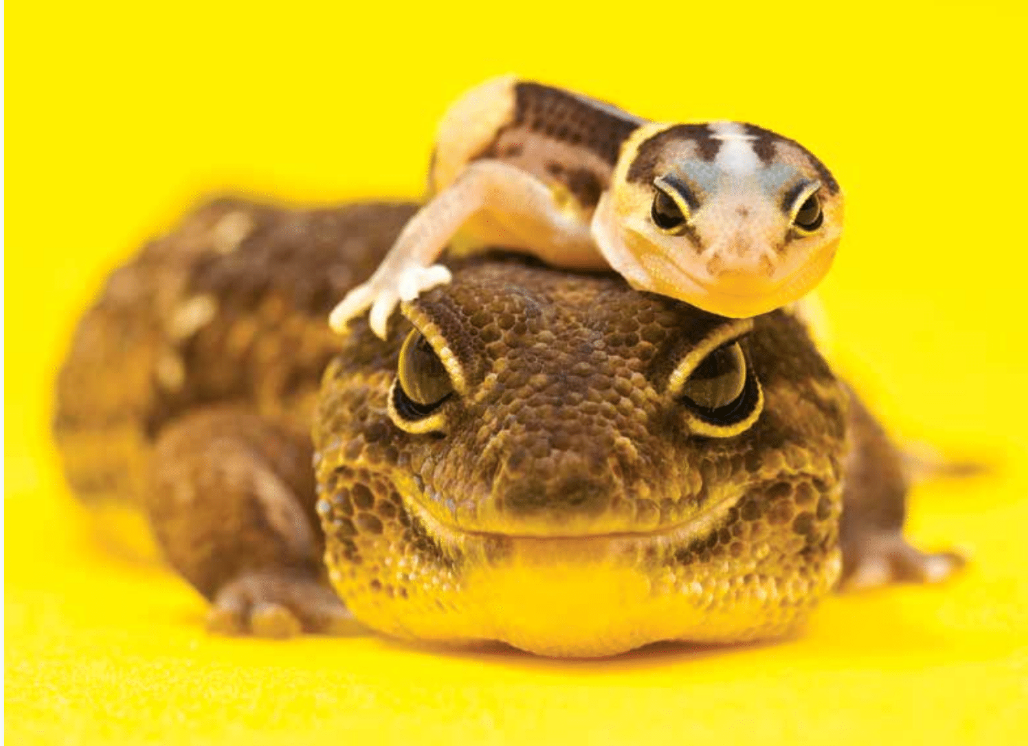Advancements in Reptile Breeding and Care Impact Industry
John Mack //November 6, 2018//
While I spend much of my time in these articles offering advice for pet retailers and pet store owners, it’s to everyone’s benefit to take a step outside of the store and examine where all these animals are coming from and what advancements have occurred within the realm of reptile breeding.
As we’ve discussed in the past, most reptile wholesale facilities deal in two primary methodologies: wild-caught animals and captive-bred animals. While certain animals are still only widely available as wild-caught, more and more reptiles are findingtheir way into captive breeding programs.
The benefits of captive-breeding over catching wild reptiles are numerous, but the most critical of these benefits comes simply down to mortality rate. While wild-caught animals have had to contend with predators, a hostile environment and any number of parasites or diseases, captive-bred animals have suffered none of those disadvantages. As such, a captive-bred animal is much more likely to enjoy a longer, healthier life than their wild- caught counterparts.
However, the advantages of captive-breeding do not stop there. Ken Foose from Exotic Pets Las Vegas expounded deeply upon the strengths of captive-bred animals, noting that these animals “are usually much less stressed, come relatively disease-free and are already acclimated to captivity. Captive-bred is always the best way to go.”
Because of these strengths, Foose notes that countless species in pet stores—species that range from bearded dragons and leopard geckos to corn snakes and countless other reptiles and amphibians—have become “ready-made pets,” allowing retailers to keep a “steady supply of quality animals to sell, and [helping] the customer by letting them purchase a fine pet that is easy to keep.”
But as captive-breeding technology becomes more and more prevalent with reptile wholesalers, it becomes increasingly easy for interested hobbyists to begin dabbling within the realm of reptile breeding. Foose notes that “the advent of pre-mixed incubation medium has enabled even the most novice, casual home breeder to succeed.”
However, he immediately notes something that cannot be stressed enough.
“The real hurdle is knowledge,” Foose said. “It’s fine to have the tools needed to successfully keep and breed an animal, but that’s useless without the information on actually how to do it.”
If a retailer or customer wants to begin breeding reptiles, be sure to do your research. The needs for a given animal can vary drastically from its birth through its maturity, which means that a would-be breeder must be flexible, as well as willing to put in the time and investment necessary to keep healthy, successful animals. Of course, one of the biggest knowledge hurdles comes in terms of genetics.
With additional focus on specific colors, morphs and patterns, it becomes all the more important for a would- be reptile breeder to keep a close eye on the genetic identity of the reptiles they intend to breed.
A number of guides—both online and in print—are available to aid in this process, though beginning in this area does require some knowledge of biology and of genetic probabilities, so break out your Punnett squares if you intend to venture into breeding! LLLReptile and Supply has a number of great articles on the art of reptile breeding; consider making them an early stop as you start your research into captive-breeding.
If your customer begins to venture into the realm of captive-breeding animals, you may find yourself in a unique position. You could possibly have the ability to purchase animals directly from your customer, then to sell those very animals in your store. Not only does such a symbiotic relationship provide you with a steady stream of their chosen reptiles, but it will likely ensure a repeat customer, who will regularly be purchasing crickets, mealworms and any number of subsidiary supplies.
Further, that breeder would be increasingly likely to reference your own store as a place to purchase supplies. Even if that breeder would start selling reptiles on his or her own, you’ll still be the go-to place for all those necessary secondary materials. Foose speaks quite highly of such a relationship.
“Knowing that they have succeeded using the knowledge I provided for them makes me feel good and gives them a sense of pride,” he explained. “And, of course, I know the animals I have sold them are in prime condition. Everyone wins!”
As you and your customer base begin experimenting with reptile breeding, you’ll obviously want to begin investigating the numerous materials being developed to make the act of reptile breeding easier. The most common medium for the incubation of reptile eggs is known as vermiculite, though every day companies advance and refine their materials. HatchRite, in fact, has begun to prepare full incubation kits, designed for the hobbyist breeder to dip their toes into the deep waters of reptile breeding.
While home reptile breeding can be quite an intimidating process, don’t be afraid to aid your customers in their own attempts or to even try out some breeding processes on your own. Given proper research and the new advances in technology, you may find yourself establishing a new source of reptiles for your store.



















